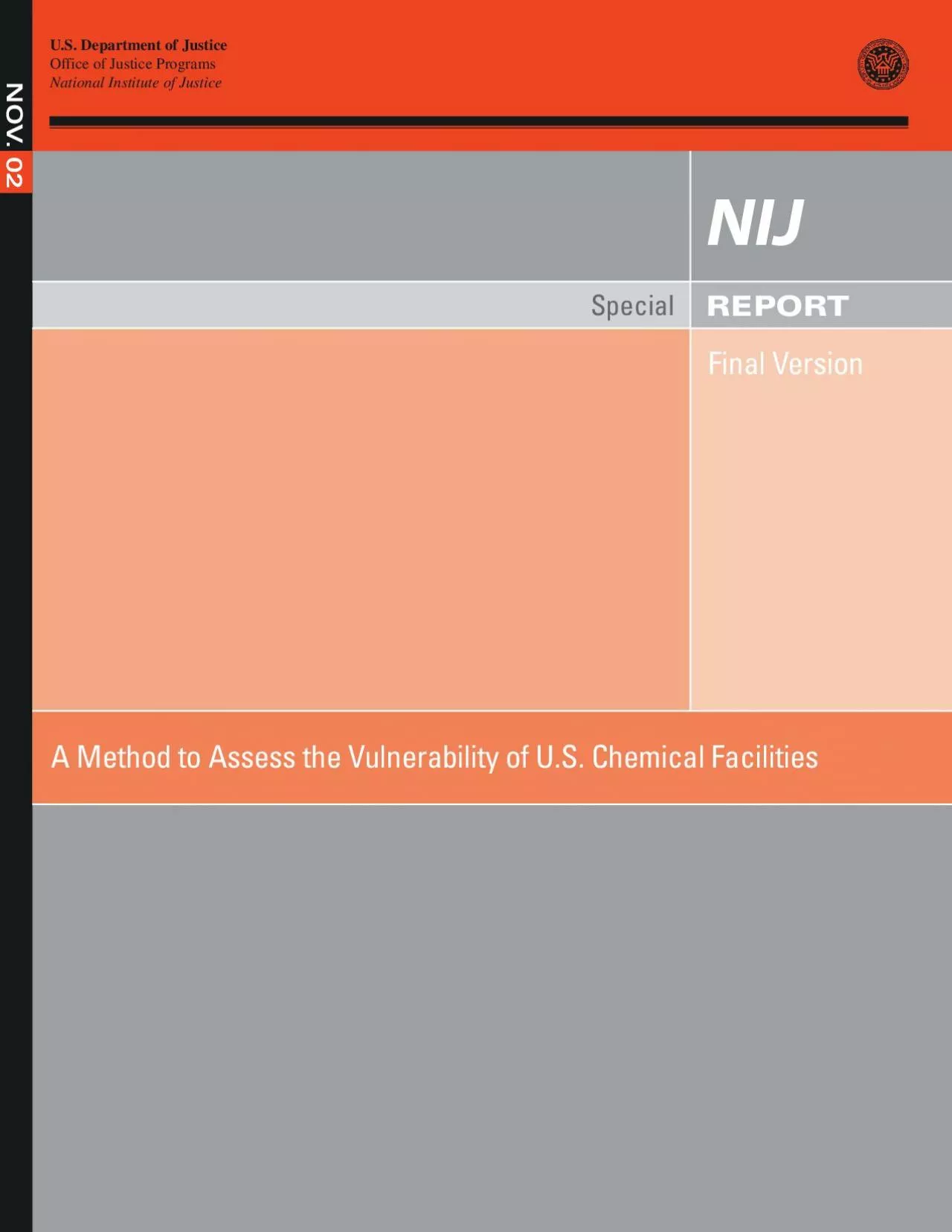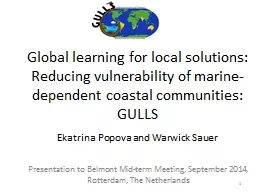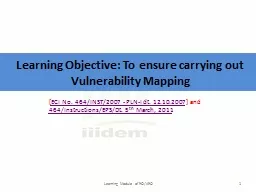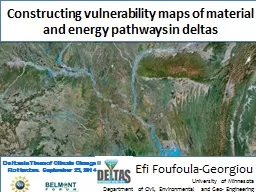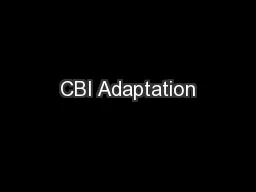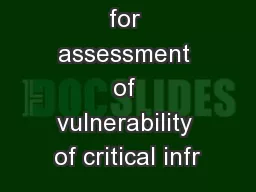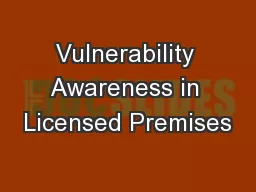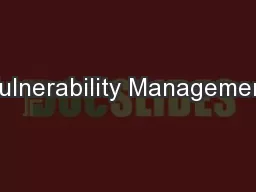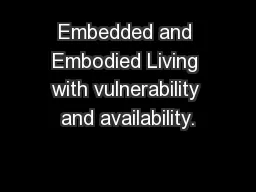PDF-A Method to Assess the Vulnerability of US Chemical FacilitiesFinal Ve
Author : taylor | Published Date : 2021-09-28
NOV 02S Department of JusticeOffice of Justice ProgramsNational Institute of JusticeSpecialREPORTUS Department of JusticeOffice of Justice Programs810 Seventh Street
Presentation Embed Code
Download Presentation
Download Presentation The PPT/PDF document "A Method to Assess the Vulnerability of ..." is the property of its rightful owner. Permission is granted to download and print the materials on this website for personal, non-commercial use only, and to display it on your personal computer provided you do not modify the materials and that you retain all copyright notices contained in the materials. By downloading content from our website, you accept the terms of this agreement.
A Method to Assess the Vulnerability of US Chemical FacilitiesFinal Ve: Transcript
Download Rules Of Document
"A Method to Assess the Vulnerability of US Chemical FacilitiesFinal Ve"The content belongs to its owner. You may download and print it for personal use, without modification, and keep all copyright notices. By downloading, you agree to these terms.
Related Documents

